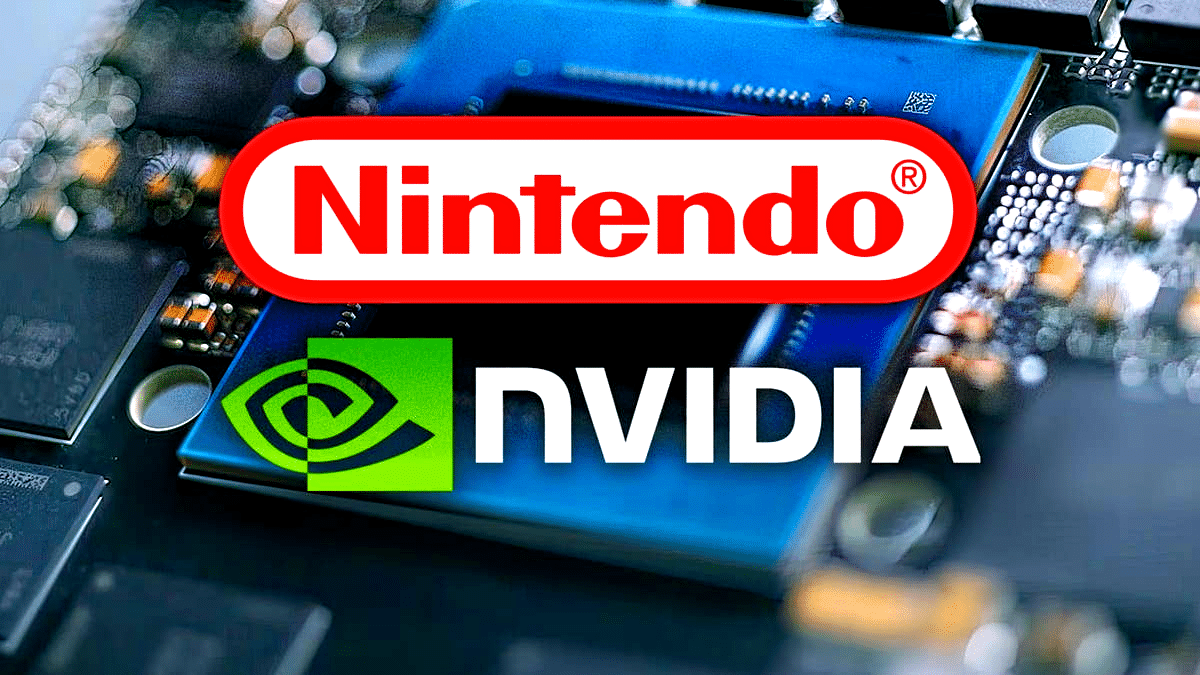As expected, an Nvidia SoC powers the Nintendo Switch 2, but the parties involved are keeping quiet about the exact specifications. Digital Foundry now wants to know more.
- The presentation of the Nintendo Switch 2 was just about a week ago and, in addition to some surprising game announcements, also provided a somewhat deeper insight into the technology – with one exception.
Because apart from the information on the official website that an “adapted processor from Nvidia” is inside the Switch 2, Nintendo does not provide any specific specs for the built-in chip.
Based on various analyses (e.g. from the Famiboard forum) and some clues from Linux documentation for the Nvidia chip, Digital Foundry’s tech experts take a closer look at the Nintendo Switch 2’s processor.
Nintendo Switch 2: The expected Tegra T239 as the drive
Consequently, the Nintendo Switch 2 contains the Nvidia Tegra T239 (codenamed Orin), which has been speculated in several leaks and is a modification of the Tegra T234 known from its predecessor, developed specifically for the Switch 2. This is where Samsung’s 8-nm production comes into play.
The CPU cores are ARM Cortex-A78C – eight of them are supposed to be inside. The clock rates of the CPU are almost the only detail that can still only be speculated about. Digital Foundry assumes the following values:
- 998 MHz in docked mode
- 1,101 MHz in handheld mode
The SoC continues to rely on a graphics unit from the Ampere generation, which comes with 12 compute units, each with 128 shader units, for a total of 1,536 CUDA cores. Again, the clock rates can only be speculated on:
- ~1,000 MHz in docked mode
- 561 MHz in handheld mode
In principle, the Nintendo Switch 2 with these specifications should achieve roughly the performance of an RTX 3050 and a computing power of up to 3.1 TFLOPS. Compared to its predecessor, the SoC’s data sheet is now as follows:
| Nintendo Switch (2019) | Nintendo Switch 2 | |
|---|---|---|
| System on a Chip | Nvidia Tegra T210 (“Erista”) | Nvidia Tegra T239 (“Odin”) |
| CPU specifications | 4x ARM Cortex-A57 4x ARM Cortex-A53 (disabled) |
8x ARM Cortex-A78C |
| CPU clock speeds | 1.02 GHz | 998 MHz Docked 1,101 MHz Handheld |
| GPU Specifications | Maxwell GM21B 16 nm TSMC manufacturing 2 Compute Units 256 CUDA cores |
Ampere 8 nm manufacturing 12 Compute Units 1,536 CUDA cores |
| GPU clock speeds | Mobile: 307 MHz Docked: 768 MHz |
Mobile: 561 MHz Docked: ~1 GHz |
To what extent the theoretically significant upgrade will also be expressed in games cannot yet be definitively determined by independent benchmarks. However, Digital Foundry is positive about the Switch 2’s potential, which is also due to the conceivable DLSS capacities. freeslots dinogame telegram营销
- Because as an Ampere-based GPU, the Switch 2 also has the necessary tensor cores to perform AI-based upscaling. In theory, even DLSS 4 is possible, as proven not least by Ampere’s desktop GPUs.
- The crux of the matter, however, is whether the use of DLSS is worthwhile or whether upscaling is not “too expensive” for the Switch 2 GPU in terms of computing power.

